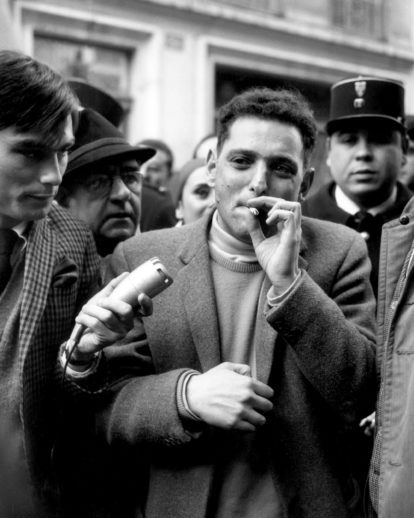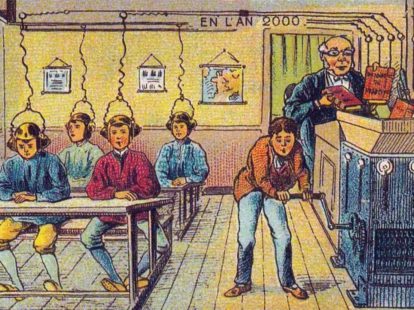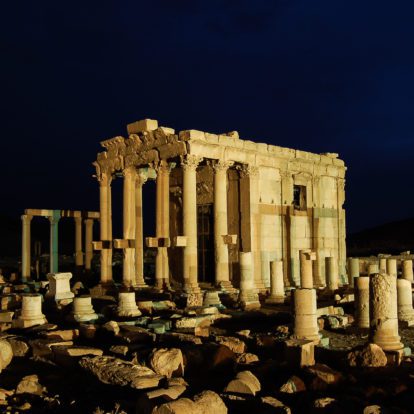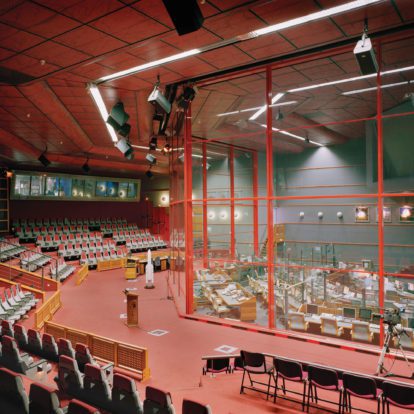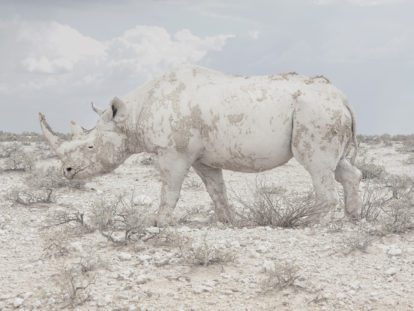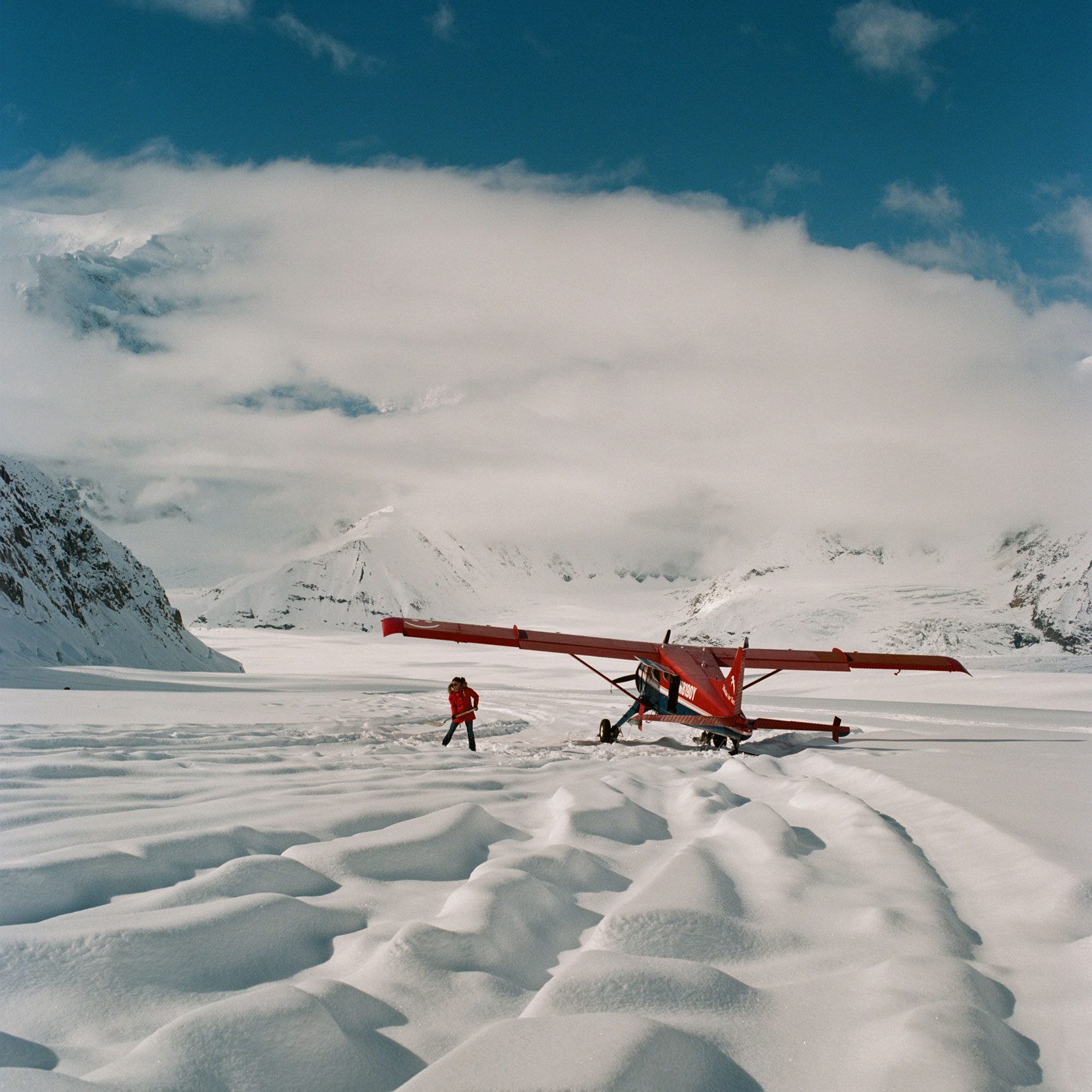If you want to understand the many layers of Uzbekistan’s identity there are worse places to start than Tashkent’s palatial metro system, which is one of the most ornate in the world. In the Sixties a whole battalion of architects, artists and designers came together to create a series of vast, elaborate stations for the capital, and each tells a different story.
One celebrates a fifteenth-century astronomer prince, another the Soviet cosmonauts, there’s a station dedicated to ‘One Thousand Apricots’ (‘Ming O’Rik’, the name of Tashkent in its earliest incarnation), and another that celebrates chillis and bread. Built in marble, granite, carved alabaster and gold-leaf they are a testament to cultural influences ranging from Central Asian Emperor, Tamburlaine the Great, to Leonid Brezhnev, former leader of the Soviet Union.
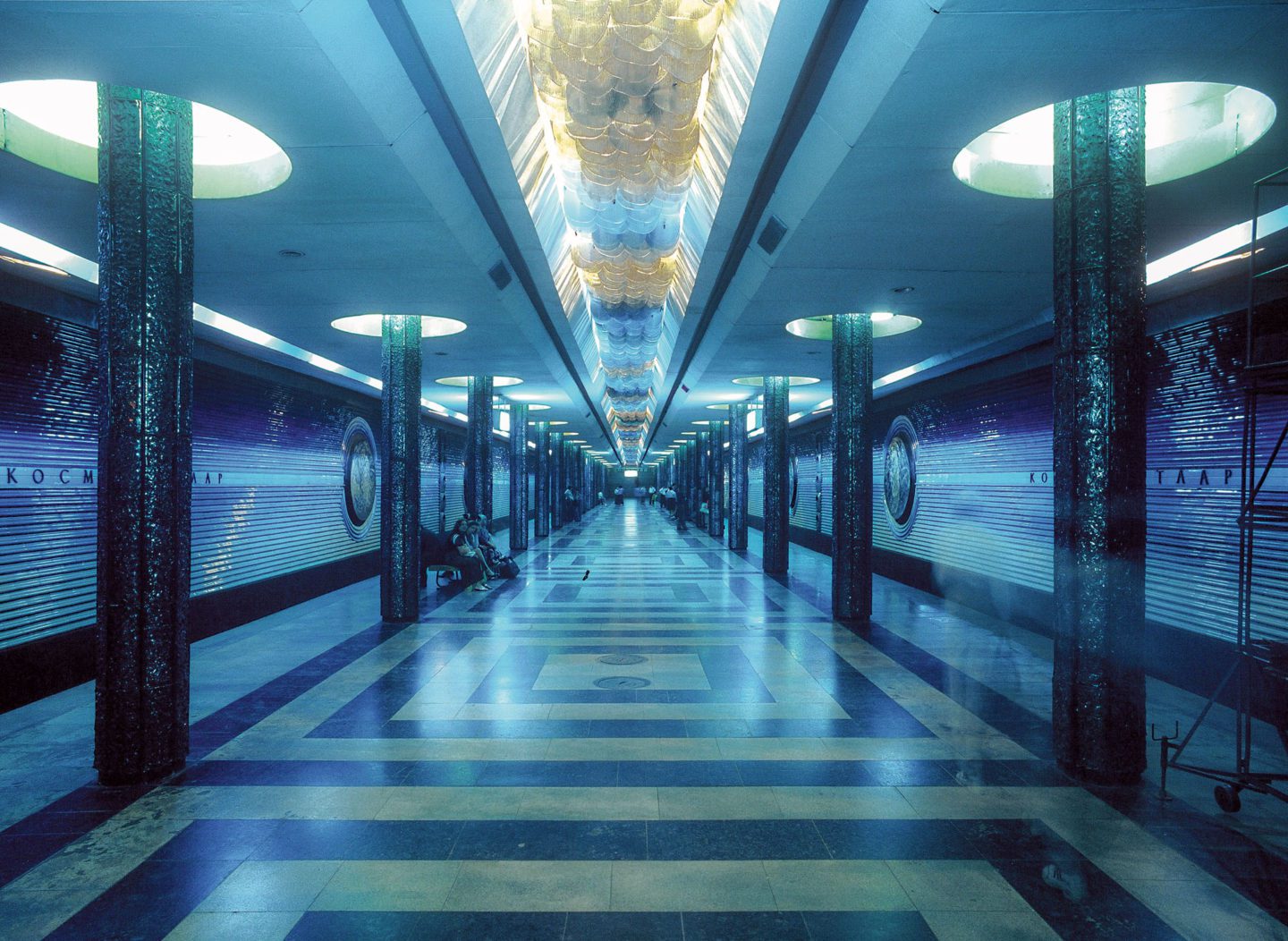
Kosmonautlar is lined with ceramic medallions depicting Soviet cosmonauts.
The metro system – which consists of three lines and 29 stations – was set up as part of the grand reconstruction of Tashkent that took place in the wake of an earthquake on 26 April in 1966. Though the quake only ranked at 5.2 on the Richter scale – because the seismic activity was between 3km and 8km below ground its impact was stronger – it left 300,000 people homeless and destroyed 80% of the buildings. As Uzbekistan mourned, Brezhnev rushed to pay a presidential visit and quickly realised he could turn this natural disaster into a Soviet advantage. He summoned workers and craftspeople from all over the Soviet Union to help create a new city where giant boulevards would replace the narrow two-lane roads, and parks and squares could host large military parades.
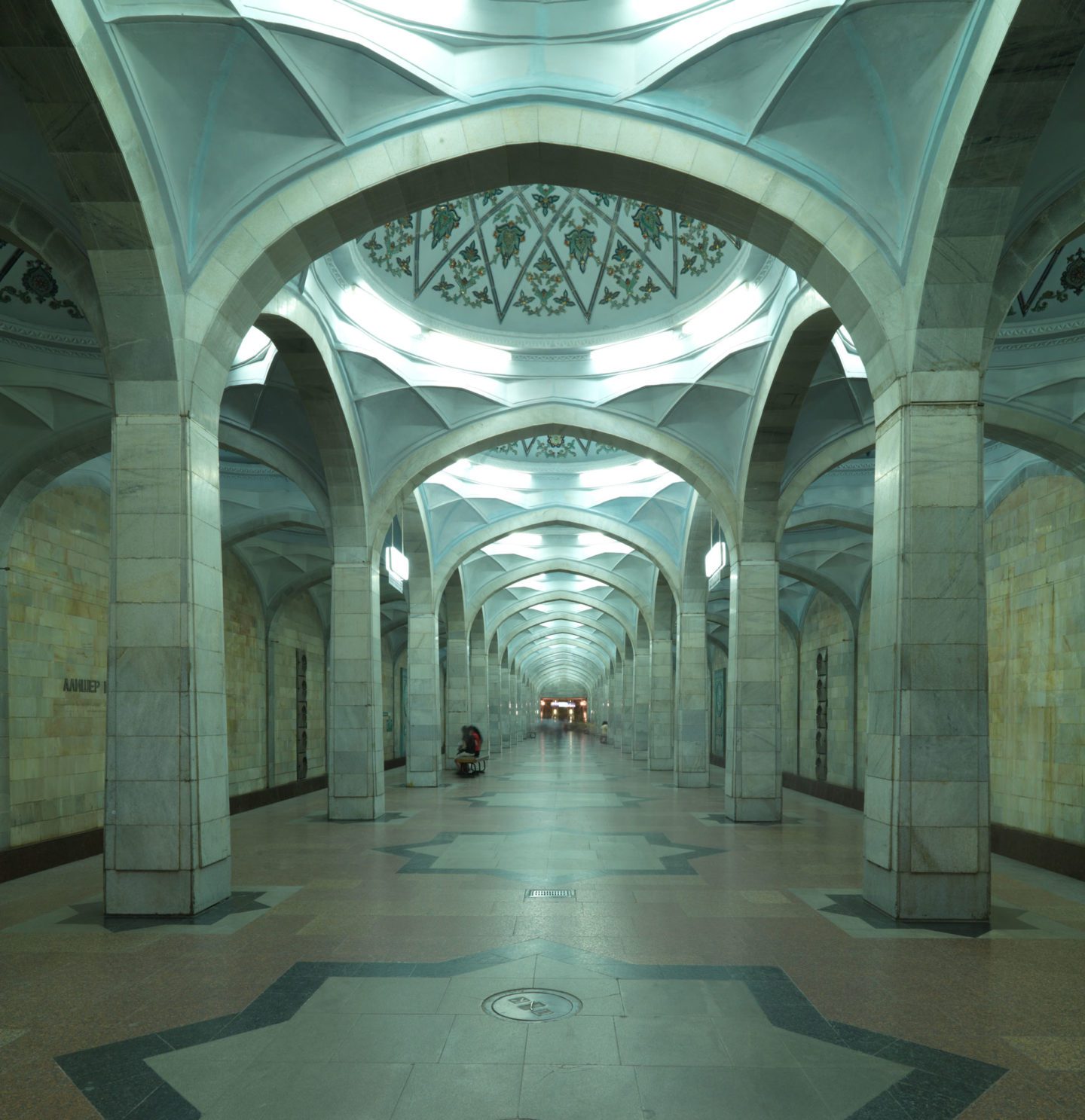
Platform at Alisher Navoi station.
The plans for the metro system itself began exactly half a century ago, in 1968. Construction for the initial service – known as the Chilanzar line, and featuring nine stations – was started in 1972 and completed in 1976. The first grand station was Mustakillik Maydoni, created with marble from the Kizil Kum desert in west Uzbekistan, and still hung today with chandeliers. On the floor, star patterns pay tribute to Ulug Bek, the astronomer who was grandson of Tamburlainethe Great, and oversaw huge progress in science and the arts before he was murdered by religious extremists in 1449.
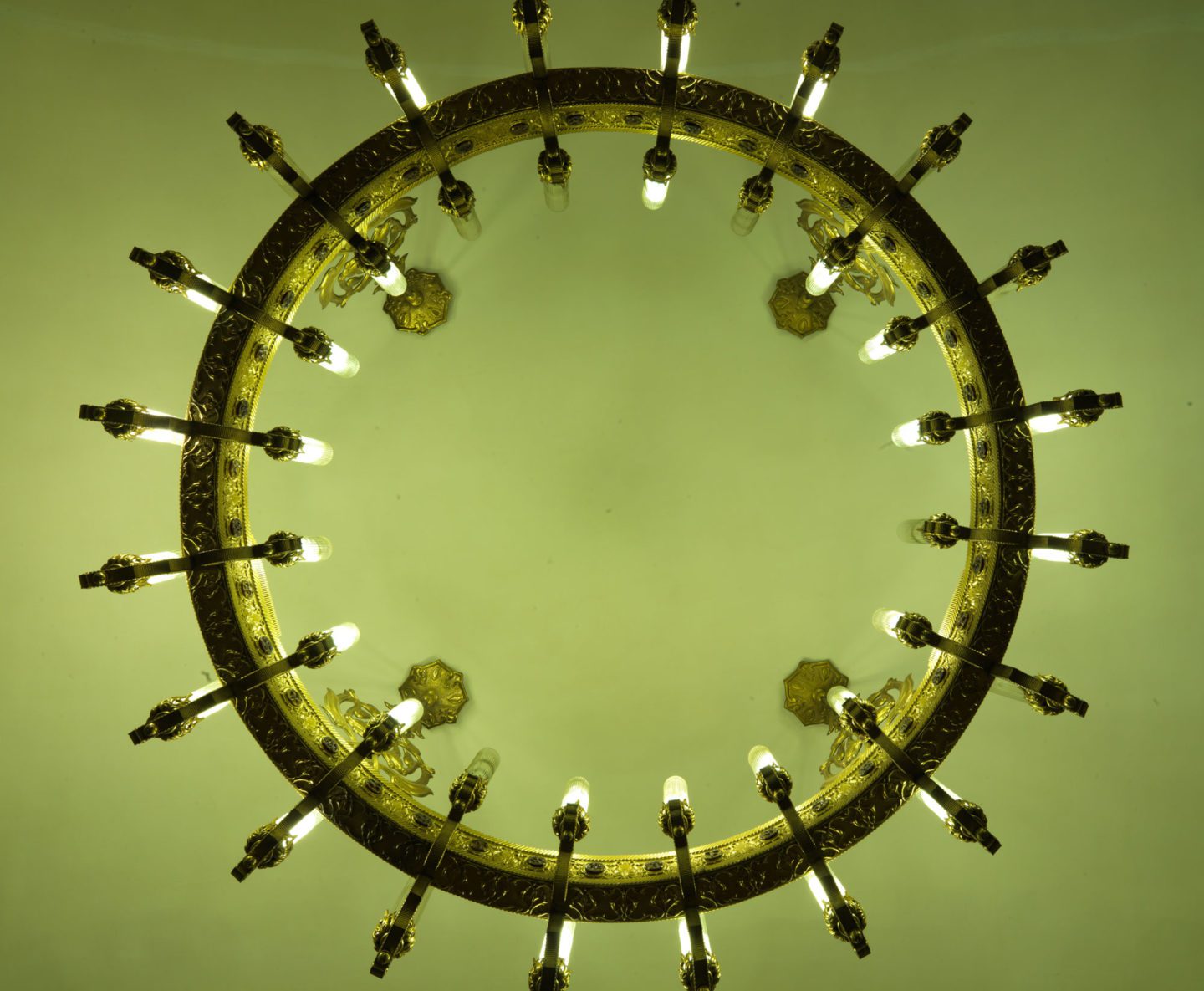
Chandeliers at Ozbekiston station.
The second to be built was the Pakhtakor station, which has mosaics celebrating cotton – still a key export for Uzbekistan. Bronze sconce lamps that look like early nineteenth century chandeliers adorn the walls. Alisher Navoi station is named after the celebrated Turkic poet, writer, politician, linguist, mystic and painter from the fifteenth century, while Bodomzor station displays images of chilli and bread. One of the most striking stations of all is the Kosmonautlar station, which is lined with ceramic medallions depicting Soviet cosmonauts including the first man in space, Yuri Gagarin, and the first woman, Valentina Tereshkova. It has large grey pillars leading up to its ceiling, while the atmospheric use of dim and bright lighting bring a suitably celestial atmosphere.
162,000
Daily ridership
29
Number of stations in the metro system
1977
Beginning of operation
The entire system is built – not surprisingly given its origins – to be able to withstand an earthquake of a magnitude of 9 on the Richter scale. Stations are between 8m and 25m below ground, with most stations around 1.4km apart. With delightful eccentricity, platform signs count the amount of time since the last train has departed rather than how long it will be till the next train arrives. And the cost of the experience? A mere 1,000 so’m – currently around 10p in sterling.
